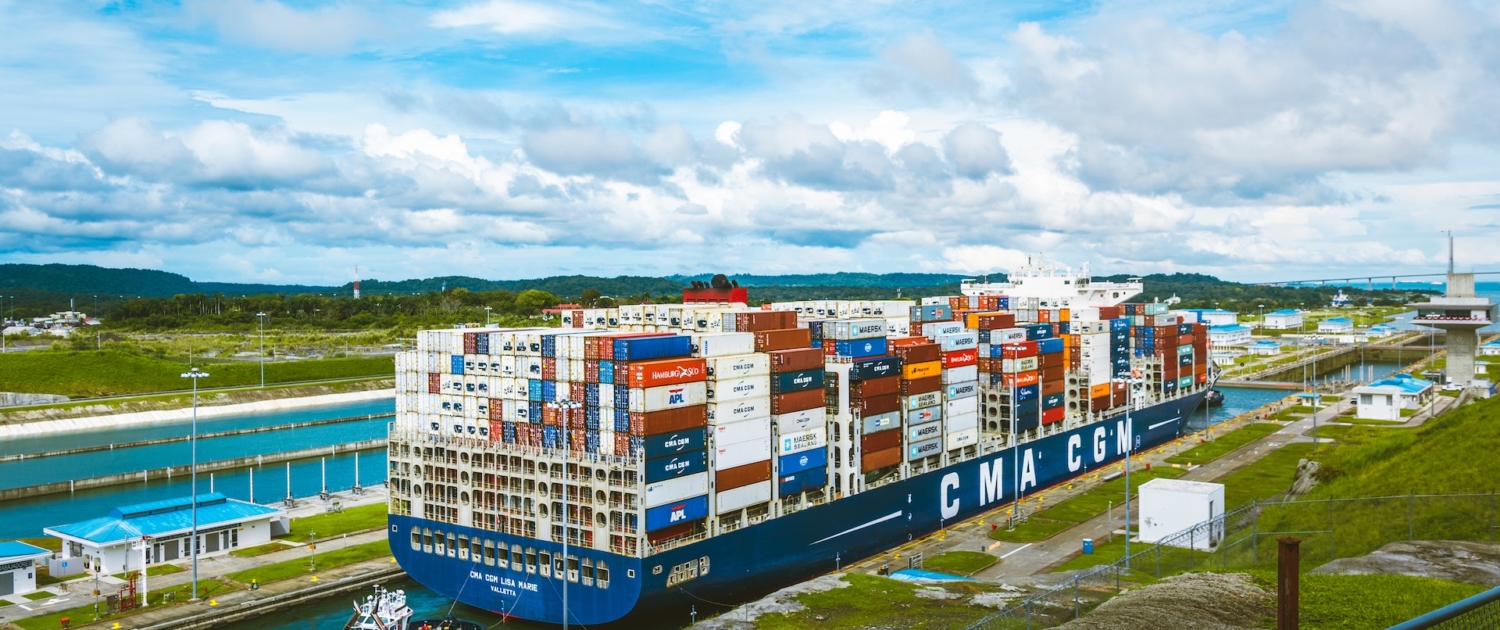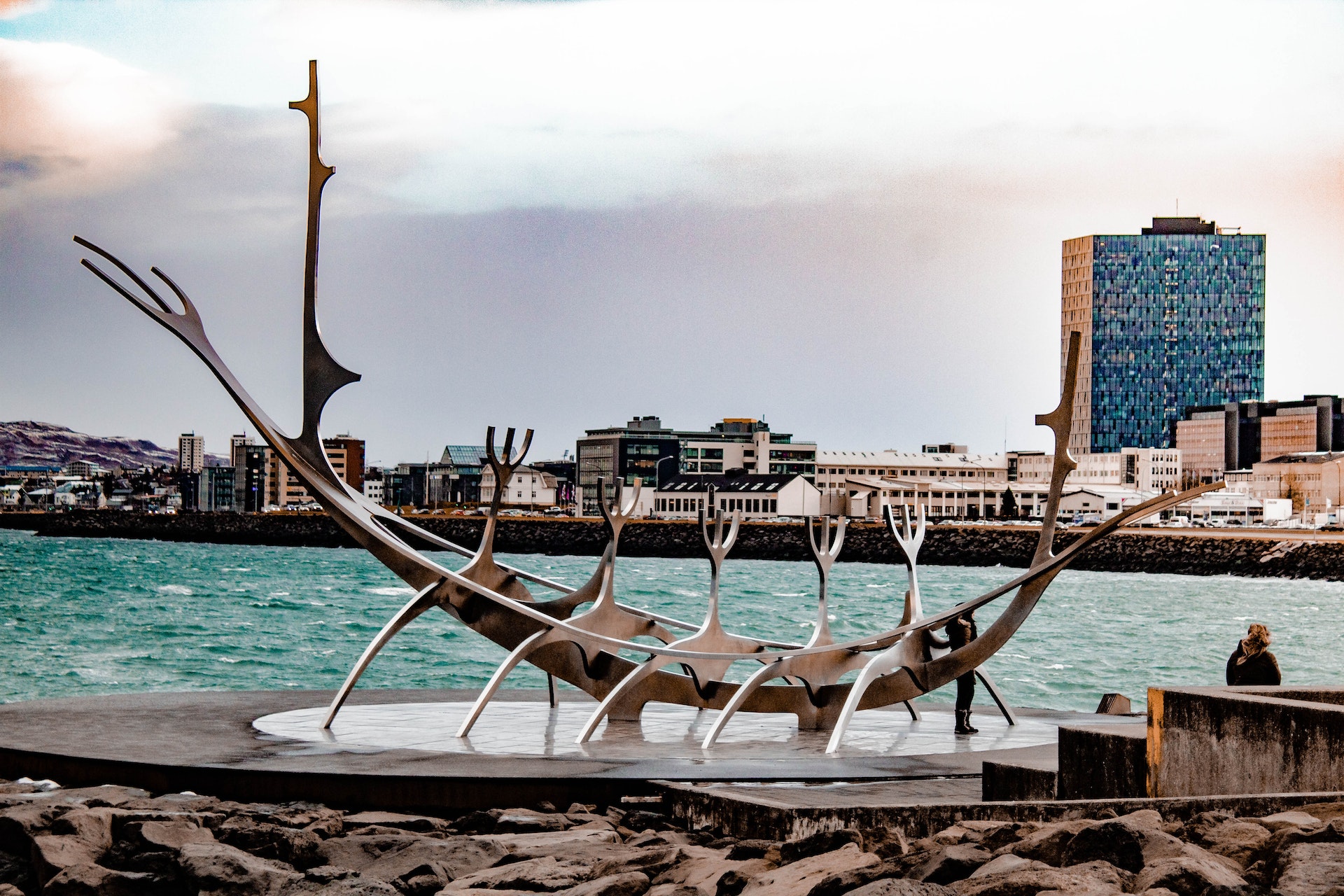Panama Canal: A Drying Trade Lifeline
The Panama Canal, one of the major Trade choke points in the world, is undergoing a serious crisis. Since October, 2023 the canal has been experiencing severe drought, resulting in major traffic jams at the Canal. In 2023, the El Niño phenomenon impacted, climaxing in making October ’23 the driest month in the history of the canal channel. Despite spending $500 million to secure water supplies, doubts remain about the canal’s future capacity.
The water levels have dropped drastically lower, forcing the Canal management Authority to transit fewer numbers of ships. This development has led to delays, congestions and dramatic rise in shipping costs.
The Canal handles about 5 percent of world trade maritime trade and about 40 percent of container traffic to the United States. It is obvious that shipping companies patronizing the canal are going to experience tighter restrictions in the coming dry season. The alternative options are not many- basically paying more to jump ahead of the queues or rerouting the ships. Some companies have created land passages to link both the Atlantic and Pacific coasts in Panama towards easing the problems. Either way, the resultant effect is increased overhead in time and cost of cargo delivery negatively impacting the costs of goods and raw materials, reducing inflation and increasing inflation.
The major fear in the shipping industry is that the coming of extreme climates might end up guaranteeing that the problem at the passage might be the new normal. This development has got the shipping companies, trade analysts and trade related government agencies scrambling for long lasting solutions which include more reliable alternative routes.
See also:



 Copyright © 2023 Worldtradia
Copyright © 2023 Worldtradia